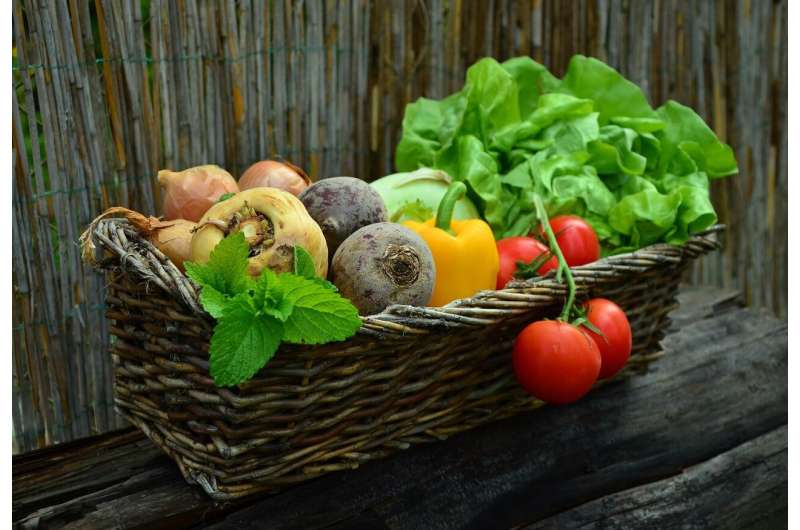Physical activity and dietary behavior parallel each other from childhood to adulthood

Consumption of fruits and vegetables is higher and more frequent in individuals who are physically active when compared to their less-active peers. Persistent leisure-time physical activity from childhood to adulthood as well as increasing activity are associated with higher fruit and vegetable consumption.
A physically active lifestyle and a diet rich in vegetables and fruits have a central role in promoting health by preventing non-communicable diseases. A recent study carried out at the Faculty of Sport and Health Sciences at the University of Jyväskylä in Finland examined the associations between diverse subgroups of leisure-time physical activity and fruit and vegetable consumption from childhood to middle age.
Persistent physical activity during leisure time from childhood to adulthood was associated with higher and more frequent fruit and vegetable consumption when compared to persistent low activity or inactivity. In addition, especially those men who decreased their activity level showed higher fruit and vegetable consumption than their less active peers until young adulthood, but no longer in middle age. Thus, decreasing leisure-time physical activity may be an indicator for an additional health risk, due to simultaneous detrimental changes in diet. In contrast, those who increased their activity level from childhood to adulthood seemed to increase their consumption of fruits and vegetables. This development was especially clear among females.
"In health care guidance, it would be important to acknowledge that these two health behaviors may facilitate each other," says Irinja Lounassalo, doctoral student at the University of Jyväskylä. "For example, when aiming to increase a person's activity level, improving the quality of diet simultaneously might come rather naturally. This could be a way to promote more holistic well-being."
While the inactive, low-active and decreasingly active participants generally showed the lowest levels of fruit and vegetable consumption in adulthood when compared to the persistently or increasingly active participants, a slight increasing trend in fruit and vegetable consumption was observed in the less active subgroups during the most recent measurements.
"These results are in line with the National FINRISK Study, which shows how the trend in fruit and vegetable consumption in Finland has been rising during the 21st century," says Lounassalo. "Nonetheless, not many manage to reach the recommended 500 grams of fruits and vegetables a day, but the course is promising."
Teenage years was the time period when a decreasing tendency in fruit and vegetable consumption was observed across nearly all the leisure-time physical activity subgroups.
"To achieve favorable changes in these behaviors, cross-government and multisectoral approaches that facilitate the integration of physical activity and higher fruit and vegetable consumption in multiple daily settings are needed," says Lounassalo. "Especially putting effort into adopting or maintaining a physically active lifestyle along with healthy dietary habits, starting from adolescence, would be important for health later in life."
More information: Irinja Lounassalo et al. Associations of Leisure-Time Physical Activity Trajectories with Fruit and Vegetable Consumption from Childhood to Adulthood: The Cardiovascular Risk in Young Finns Study, International Journal of Environmental Research and Public Health (2019). DOI: 10.3390/ijerph16224437


















